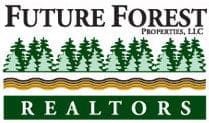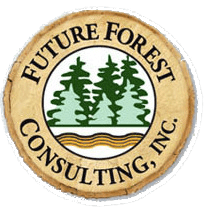The term 1031 Exchange came from the U.S Internal Revenue Code section 1031 that talks about exchanging one investment property for another, allowing capital gains taxes and related federal income tax liabilities to be deferred. If you are a real estate investor and are interested in timberland or timber investments, you should know that you can use the 1031 Exchange treatment to acquire them.
There are specific qualifications you have to keep in mind before you can apply the tax-deferred exchange treatment for timberland and timber. To help you understand how 1031 Exchange works, read on so you can gain further insights.
Property Classification by the State Law
Timberland and unsevered timber, also known as standing timber or stumpage, are not always considered real or personal property in some states. To determine different classifications, you need to consult with your legal counsel before applying Exchange 1301 treatment. They will be the ones to determine the legal classification of whether the timberland and unsevered timber you are eyeing are classified as real or personal property.
Timberland May Be Considered Real Property
Since 1031 Exchange applies for certain property types, timberland and unsevered timber are considered real properties for such purposes. Investors can freely utilize 1301 Exchange for timberland and unsevered timber, which makes them personal property.
There is an existing provision on the rights to cut and remove standing timber, and once the act has been done, it can be classified as contractual rights or other personal property in most states. Cut timber is also considered personal property.
Qualifications of 1031 Exchange Treatment
You can utilize the 1031 Exchange treatment only if you meet a few qualifying factors. These factors include:
- You must have held the timberland and timber for investment or use in your trade business;
- You must have the intent to keep the replacement timberland and timber for investment or use in your trade business;
- The timber must be part of the land for exchange.
On the other hand, the 1031 Exchange does not apply to the following circumstances:
- Timberland and timber is not held for investment or use in your trade or business;
- Timber that is considered to be held primary for sale if exchanged separately from the land.
For further details, here are some examples of 1031 Exchange transactions that have qualified for the tax-deferred treatment:
- Timberland for bare land;
- Timberland for real estate in a city;
- Timberland containing all-growth exchanged for timberland containing second-growth timber;
- Undeveloped ranch land for a commercial building;
- A tree farm in one state for timberlands in another state;
- Timberland with reservation of cutting right for state-owned timberland of lesser value;
- Timberland with reservation of cutting rights on one tract for timber cutting rights on another tract;
- Timberland and perpetual timber cutting rights (classified as real property under state law) for another timberland;
- Timberland held by testamentary trusts, for timberland held by an inter vivos trust.
Conclusion
Understanding 1301 Exchange will be of great help if you are considering selling your property and acquiring a new one. The swap transaction will allow you to preserve and maintain your wealth since you will not lose a significant amount to taxes. If done efficiently, 1301 Exchange can also build your wealth through real estate investment.
If you want to commit to a timberland realty investment, Future Forest Properties, LLC is here to help. We can help you through a property exchange while providing access to many properties, including those that are not formally listed but are under consideration of being marketed and to new properties. Contact us if you’re planning on a timberland investment today!

